Main Agora of ancient Corinth, Peloponnese, Greece — Photo
L
2000 × 1333JPG6.67 × 4.44" • 300 dpiStandard License
XL
3873 × 2582JPG12.91 × 8.61" • 300 dpiStandard License
super
7746 × 5164JPG25.82 × 17.21" • 300 dpiStandard License
EL
3873 × 2582JPG12.91 × 8.61" • 300 dpiExtended License
Corinth, or Korinth was a city-state (polis) on the Isthmus of Corinth, the narrow stretch of land that joins the Peloponnesus to the mainland of Greece, roughly halfway between Athens and Sparta.
— Photo by lefpap- Authorlefpap

- 46230399
- Find Similar Images
- 4.5
Stock Image Keywords:
- history
- doric
- archaic
- monument
- colorful
- architecture
- corinthian
- temple
- touristic
- past
- blue
- god
- hellenic
- stone
- european
- antique
- corinth
- greece
- peloponnese
- sky
- building
- colonnade
- sight
- Peloponnesus
- exterior
- greek
- europe
- archeology
- tourism
- ancient
- classical
- religion
- culture
- travel
- old
- Mediterranean
- archaeological
- outdoors
- main
- spring
- apollo
- ruins
- civilization
- marble
- korinth
- ancient greece
- historic
- now
- korinthos
- column
Same Series:

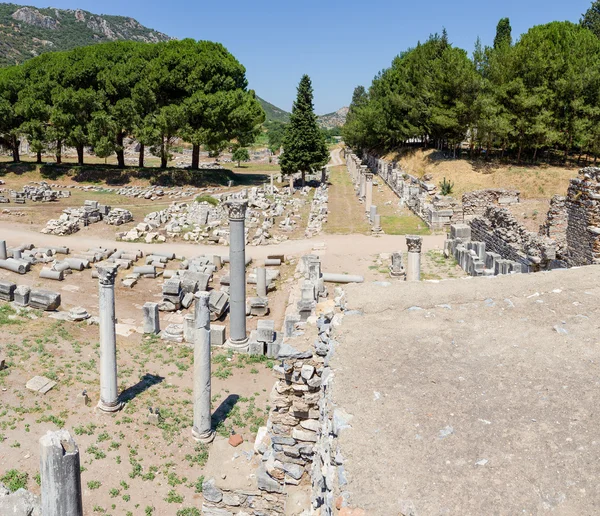
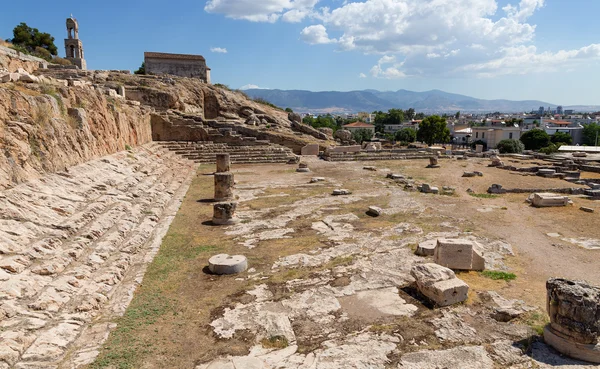


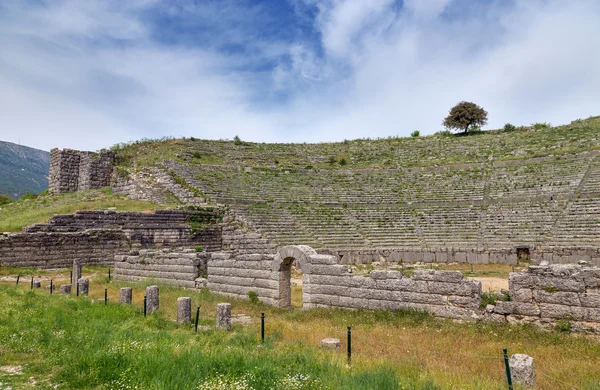




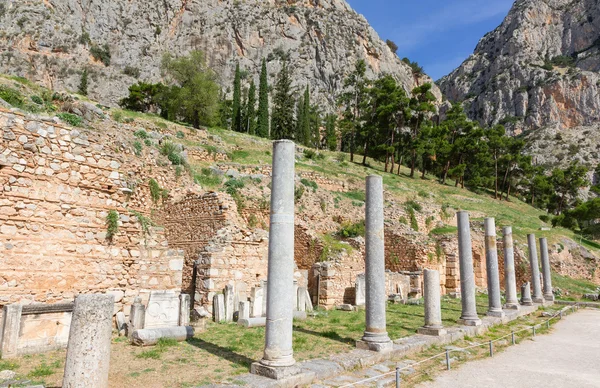
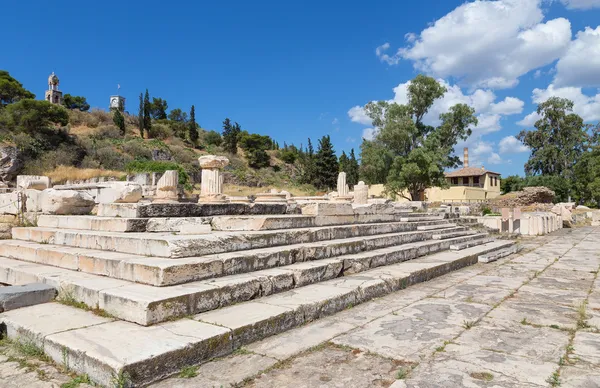
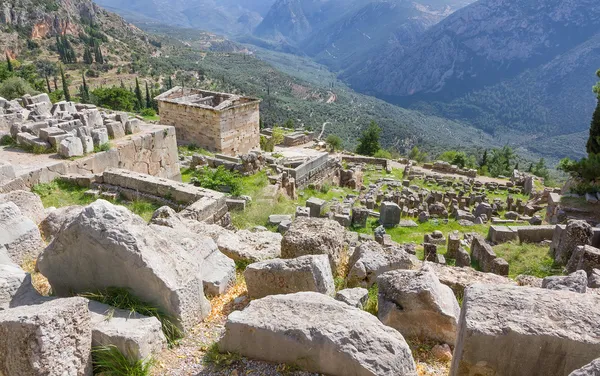


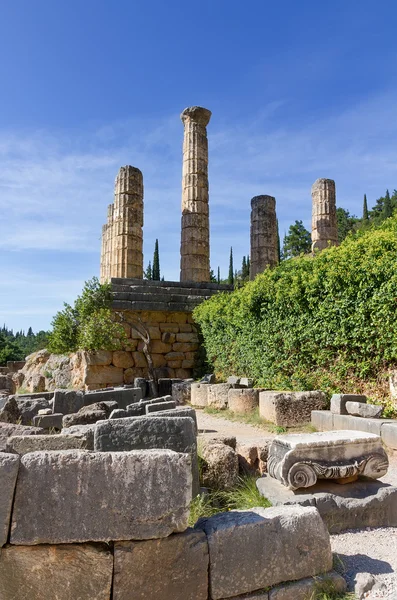
Usage Information
You can use this royalty-free photo "Main Agora of ancient Corinth, Peloponnese, Greece" for personal and commercial purposes according to the Standard or Extended License. The Standard License covers most use cases, including advertising, UI designs, and product packaging, and allows up to 500,000 print copies. The Extended License permits all use cases under the Standard License with unlimited print rights and allows you to use the downloaded stock images for merchandise, product resale, or free distribution.
You can buy this stock photo and download it in high resolution up to 3873x2582. Upload Date: May 12, 2014
